Nepal-China border row: Nepal government-appointed panel recommends joint inspection of disputed areas
A panel appointed by the Nepal government to look into the boundary issues along the border with China has recommended forming a joint team of experts from both countries to resolve the matter, a media report says
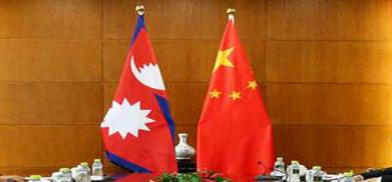
A panel appointed by the Nepal government to look into the boundary issues along the border with China has recommended forming a joint team of experts from both countries to resolve the matter, a media report says.
Local leaders had earlier reported about the unilateral relocation of some of the border pillars in Humla, a northern Nepali district sharing a border with China. The panel confirmed that at least two boundary pillars were “repaired” and “fenced” without knowledge of Nepal authorities, a report in The Kathmandu newspaper said, citing two members of the panel.
The Sher Bahadur Deuba government last month had formed the panel [read more here] led by Jaya Narayan Acharya, a joint-secretary at the Ministry of Home Affairs, to study the boundary issues along the Nepal-China border from Limi Lapsa to Hilsa of Humla.
Significantly, the issue was first raised by local Nepali Congress--now the ruling party-- leaders when the party was in opposition. Recently, Prime Minister Sher Bahadur Deuba led government came under pressure from his own members when they pressed on the issue.
After forming the panel to study the issue last month, Deuba assured the party that the issue would be looked into seriously. The previous government led by former Prime Minister KP Sharma Oli had never acknowledged the issue and maintained a steady silence. Oli, who took a hardline approach on the boundary with India, even went on to the extent claiming that there was no boundary issue with China.
While acknowledging the issues, the findings of the report--which remains confidential-- didn’t use the word “encroachment.” However, it also mentioned the issue of some physical infrastructure that came in the region, according to the report published by the Nepali newspaper.
“We have also included geographical and socio-cultural issues and physical infrastructure built in the area in the report, along with our findings,” Acharya, the head of the panel, was quoted as saying by The Kathmandu Post.
“We have also included what we found during our interactions with the local people,” he added.
He further said that they could not ascertain “who fenced the boundary pillars with wire and who repaired them.” The issue, he added, needs to be pursued diplomatically.
(SAM)




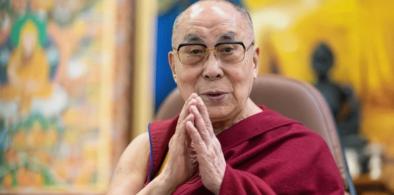
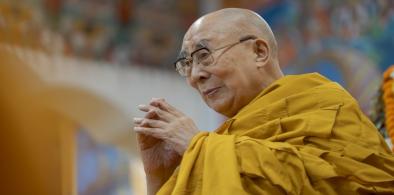
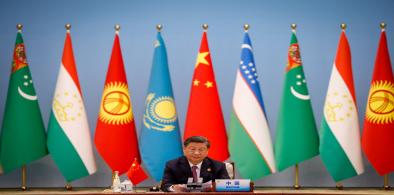
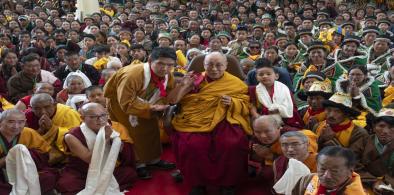



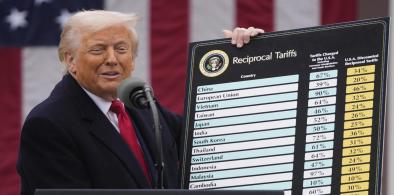
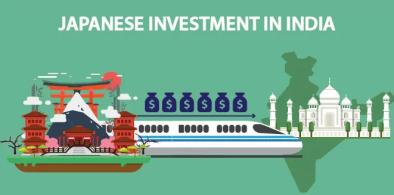
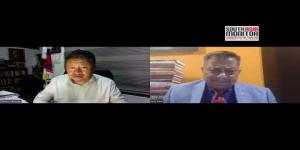


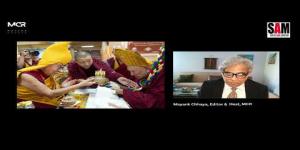


Post a Comment